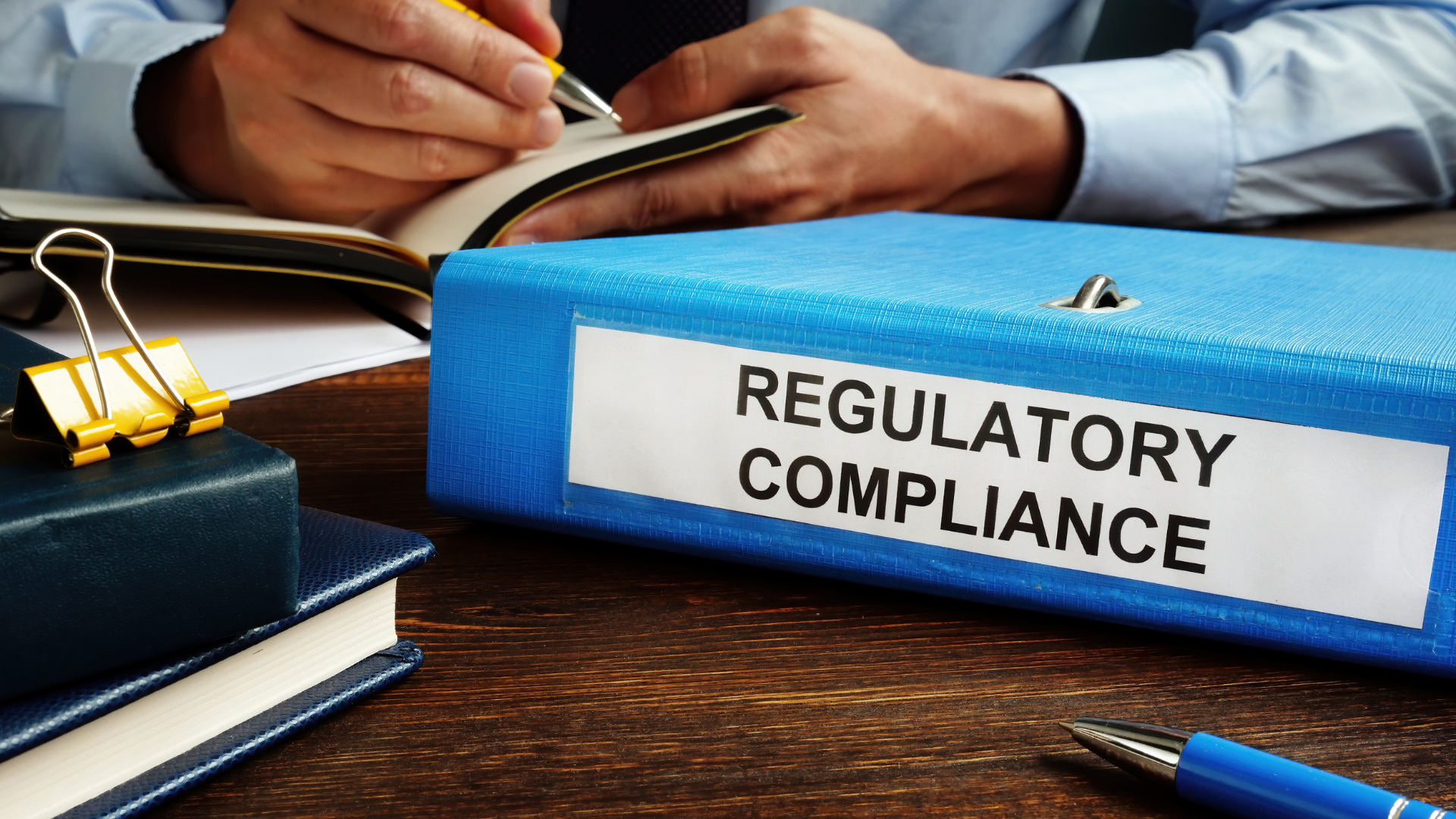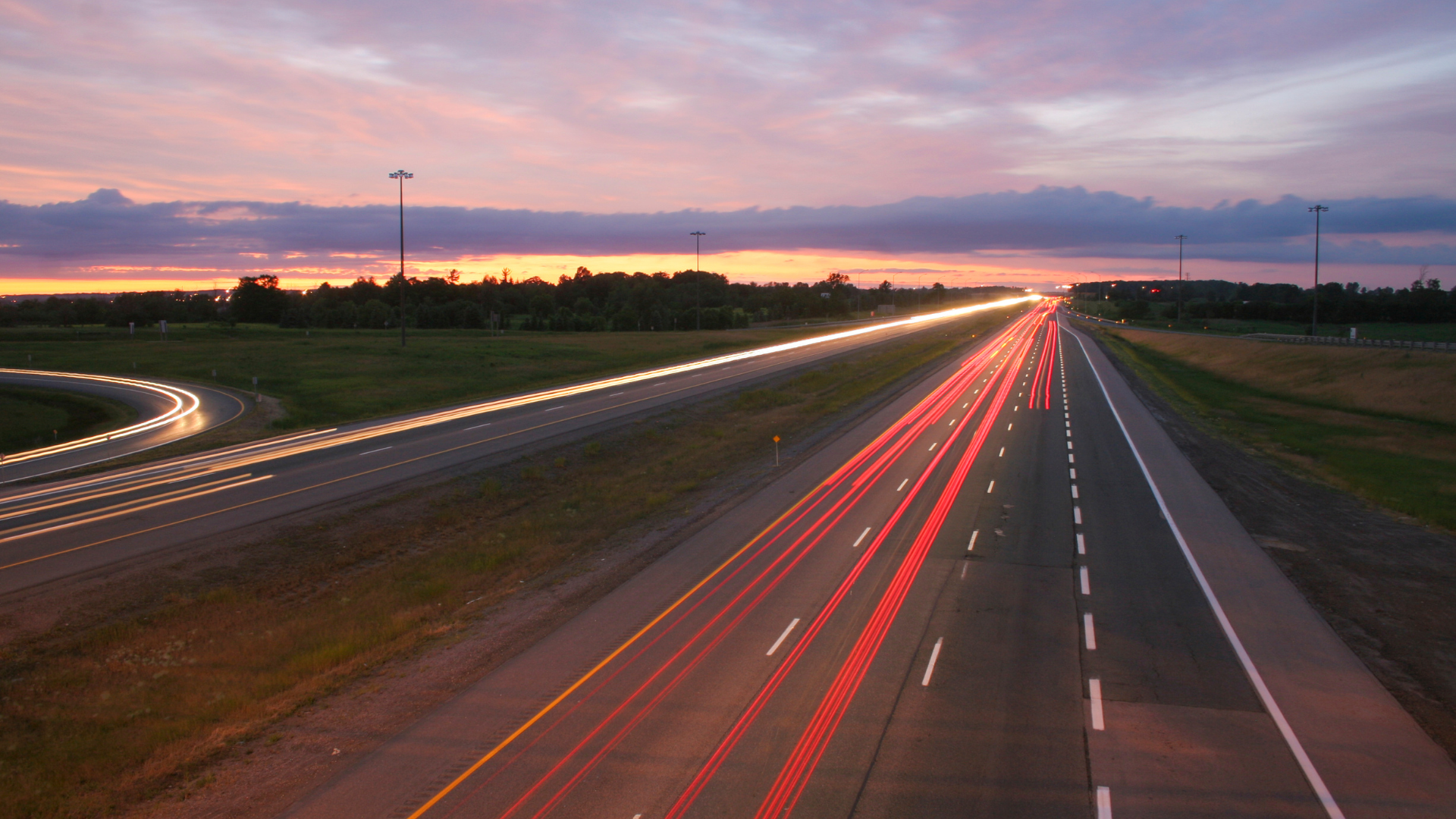The Rise of Self-Driving Cars in the Phoenix Area
Self-driving cars, also known as autonomous vehicles (AVs), are rapidly transforming the transportation landscape in urban areas across the United States. One of the most significant testing grounds for this technology is the Phoenix metropolitan area. With its favorable climate, expansive road networks, and progressive regulatory environment, Phoenix has become a hub for autonomous vehicle development and deployment.
 The Autonomous Vehicle Landscape in Phoenix
The Autonomous Vehicle Landscape in Phoenix
Phoenix has emerged as a leader in the self-driving car industry, thanks to companies like Waymo, the autonomous division of Alphabet Inc. Waymo began testing its AVs in the Phoenix suburbs of Chandler, Tempe, and Mesa in 2016 and has since expanded its services. As of 2023, Waymo operates a public ride-hailing service in select areas of the city, allowing residents to experience the technology firsthand (Zhang, 2023).
Other companies, including Cruise and Aurora, are also conducting tests in the area. The diverse urban and suburban environments provide a unique opportunity for these companies to refine their technologies and understand the challenges posed by different driving conditions.
The adoption of self-driving cars in Phoenix offers numerous potential benefits:
Safety Improvements: AVs have the potential to reduce accidents caused by human error, which accounts for approximately 94% of all traffic accidents (NHTSA, 2021). As self-driving technology advances, the hope is that the roads will become safer for all users.
Traffic Efficiency: Autonomous vehicles can communicate with each other to optimize traffic flow, potentially reducing congestion. This is particularly relevant in Phoenix, which struggles with traffic during peak hours.
Accessibility: AVs can provide transportation options for individuals who are unable to drive, including the elderly and disabled. This could enhance mobility for many residents in the Phoenix area.
Environmental Benefits: Many self-driving initiatives are focused on electric vehicles, which can help reduce emissions and improve air quality in urban areas (International Council on Clean Transportation, 2022).
 Challenges Facing Self-Driving Cars
Challenges Facing Self-Driving Cars
Despite the promising benefits, there are significant challenges to the widespread adoption of self-driving cars:
Regulatory Hurdles: While Arizona has been relatively welcoming to AV testing, regulatory frameworks still need to evolve to address safety, liability, and insurance issues surrounding autonomous technology (Harris, 2023).
Public Perception: There remains skepticism among the public regarding the safety and reliability of AVs. A 2023 survey revealed that only 30% of Phoenix residents feel comfortable using self-driving vehicles (Smith, 2023).
Infrastructure Limitations: The existing road infrastructure may not fully support the technology required for AVs to operate effectively. Investments in smart infrastructure, such as connected traffic signals, may be necessary (Arizona Department of Transportation, 2022).
Ethical Concerns: The development of algorithms to make split-second decisions in emergencies raises ethical questions about how AVs should prioritize the safety of passengers versus pedestrians (Lin, 2023).
 Scottsdale's Role in Autonomous Vehicle Development
Scottsdale's Role in Autonomous Vehicle Development
Scottsdale has attracted various AV companies, including Waymo and Cruise, which have initiated testing and deployment of their self-driving vehicles in the area. Waymo, a leader in the AV space, expanded its operations into Scottsdale in 2021, utilizing the city’s roadways for both testing and commercial ride-hailing services (Smith, 2023). The city’s favorable weather and diverse traffic conditions provide an ideal environment for these technologies to be honed.
The city government has been supportive of these developments, establishing partnerships with technology firms to create a regulatory framework that encourages innovation while ensuring safety. Scottsdale’s strategic planning includes considerations for future infrastructure that will support the widespread adoption of AVs (Scottsdale City Council, 2022).
Despite the potential benefits, several challenges remain in the implementation of self-driving cars in Scottsdale:
Regulatory Issues: Navigating the complex legal landscape surrounding AVs can be daunting. Scottsdale’s city officials are working to create a regulatory environment that promotes safety and innovation while addressing liability concerns (Harris, 2023).
Public Perception: There is a lingering skepticism about the safety of self-driving cars. A 2023 survey indicated that only 28% of Scottsdale residents felt comfortable using AVs, highlighting the need for public education and outreach (Johnson, 2023).
Infrastructure Development: The current infrastructure may not fully accommodate the technology required for AVs to operate safely and efficiently. Future investments in smart infrastructure—such as connected traffic signals—will be essential (Scottsdale Transportation Department, 2022).
 Future Outlook
Future Outlook
The future of self-driving cars in the Phoenix area appears promising, but it will depend on overcoming the challenges mentioned. Continuous collaboration between technology companies, local governments, and the community will be essential in addressing regulatory issues and improving public perception. As the technology matures and becomes more reliable, we may see a more significant integration of AVs into the transportation ecosystem, ultimately changing how residents navigate their city.
 Conclusion
Conclusion
Self-driving cars have the potential to reshape transportation in the Phoenix area, offering improved safety, efficiency, and accessibility. However, the path forward is not without obstacles. As the city continues to serve as a testing ground for this revolutionary technology, stakeholders must work together to ensure that the benefits are realized while addressing the associated challenges.
#SelfDrivingCars #AutonomousVehicles #PhoenixTech #Waymo #SmartMobility #FutureOfTransportation #Scottsdale
Works Cited
-
Arizona Department of Transportation. (2022). Autonomous Vehicles: Roadmap for Arizona. Retrieved from azdot.gov
-
Harris, M. (2023). Regulatory Challenges for Autonomous Vehicles in Arizona. Arizona Law Review, 65(3), 457-490.
-
International Council on Clean Transportation. (2022). Environmental Benefits of Electric Vehicles in Urban Areas. Retrieved from theicct.org
-
Lin, P. (2023). Ethical Implications of Autonomous Vehicle Decision-Making. Journal of Ethics in AI, 4(2), 155-172.
-
NHTSA. (2021). Crash Stats: Overview of Traffic Safety. Retrieved from nhtsa.gov
-
Smith, J. (2023). Public Attitudes Toward Self-Driving Cars in Phoenix: A Survey. Phoenix Urban Studies Journal, 12(1), 22-34.
-
Zhang, L. (2023). Waymo Expands Autonomous Ride-Hailing Service in Phoenix. TechCrunch. Retrieved from techcrunch.com
-
Arizona State University. (2023). The Impact of Autonomous Vehicles on Community Mobility. Retrieved from asu.edu
-
Harris, M. (2023). Navigating the Legal Landscape of Autonomous Vehicles in Arizona. Arizona Law Review, 65(3), 123-145.
-
International Council on Clean Transportation. (2022). Environmental Benefits of Electric Vehicles in Urban Areas. Retrieved from theicct.org
-
Johnson, R. (2023). Public Perception of Self-Driving Cars: A Scottsdale Survey. Scottsdale Urban Studies Journal, 10(2), 45-60.
-
Scottsdale City Council. (2022). Strategic Plan for Transportation and Mobility. Retrieved from scottsdaleaz.gov
-
Scottsdale Transportation Department. (2022). Autonomous Vehicle Infrastructure Planning. Retrieved from scottsdaleaz.gov
-
Smith, J. (2023). Waymo Expands Testing and Operations in Scottsdale. TechCrunch. Retrieved from techcrunch.com




